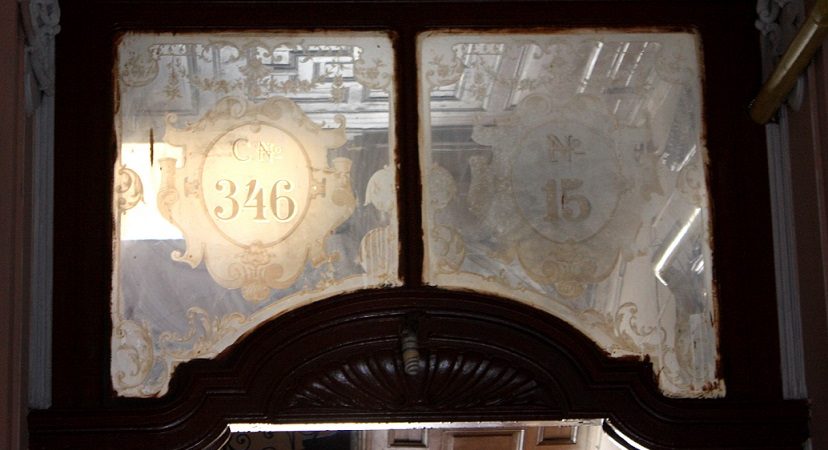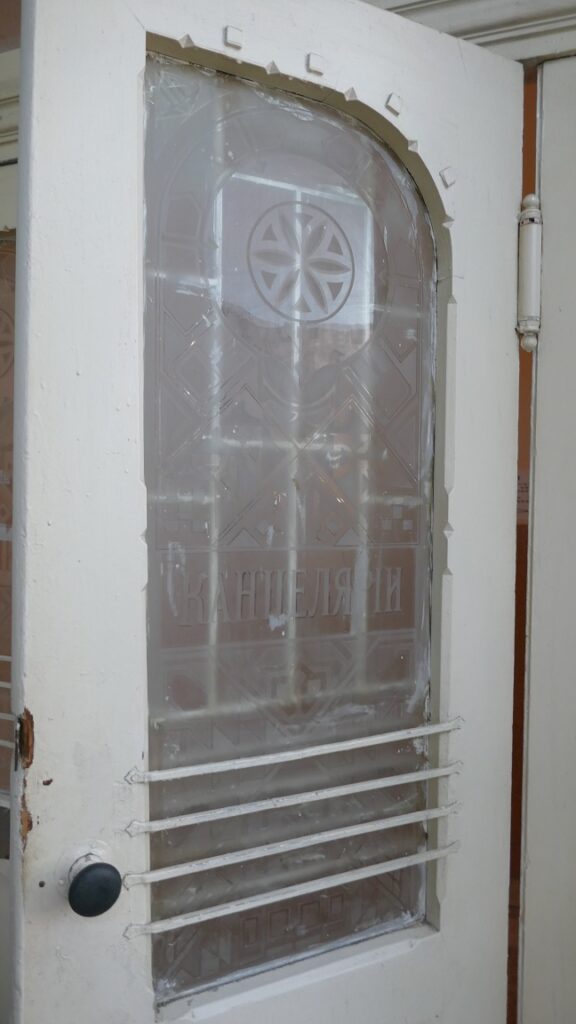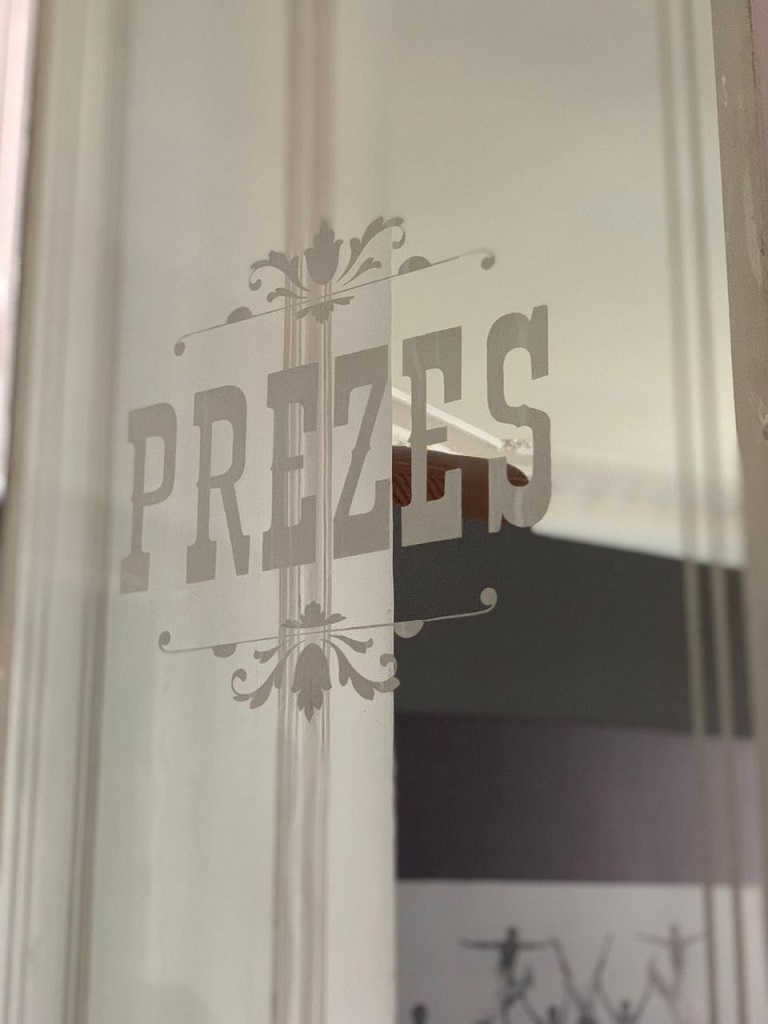Around Lviv etched window inscriptions that date from before the war can still be found, though not many — glass is the most fragile of all remnants of the past. Most of these are old street names and building numbers, conscription numbers, and other informative messages that helped people orient themselves both outside and inside buildings.
Conscription Numbers
The following are probably some of the oldest as they include both conscription numbers and buildings numbers.
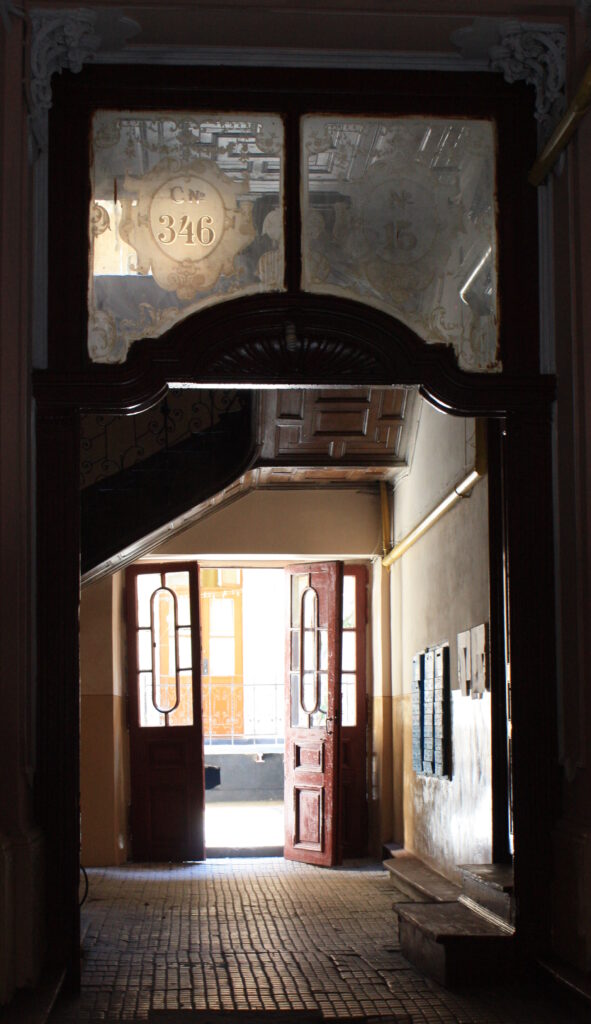

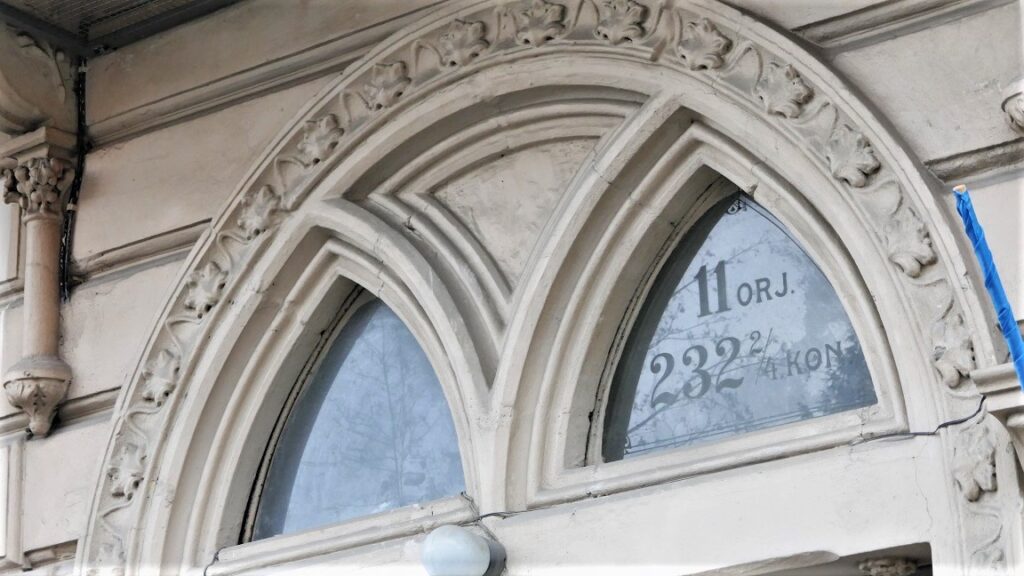
Street Name & Building No.
Polish street names from before the war and from the interwar period. These streets have all been renamed — making the signage obsolete.
Ulica Ossolińskich, Liczba 17a
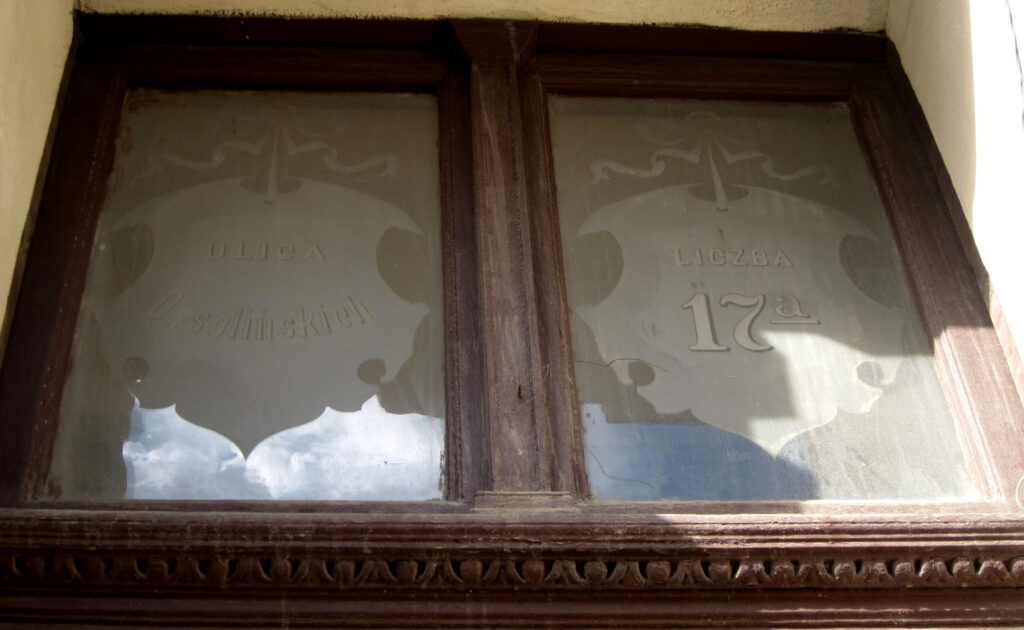

Ul. Akademicka 2

Ul. Sysktuska 22
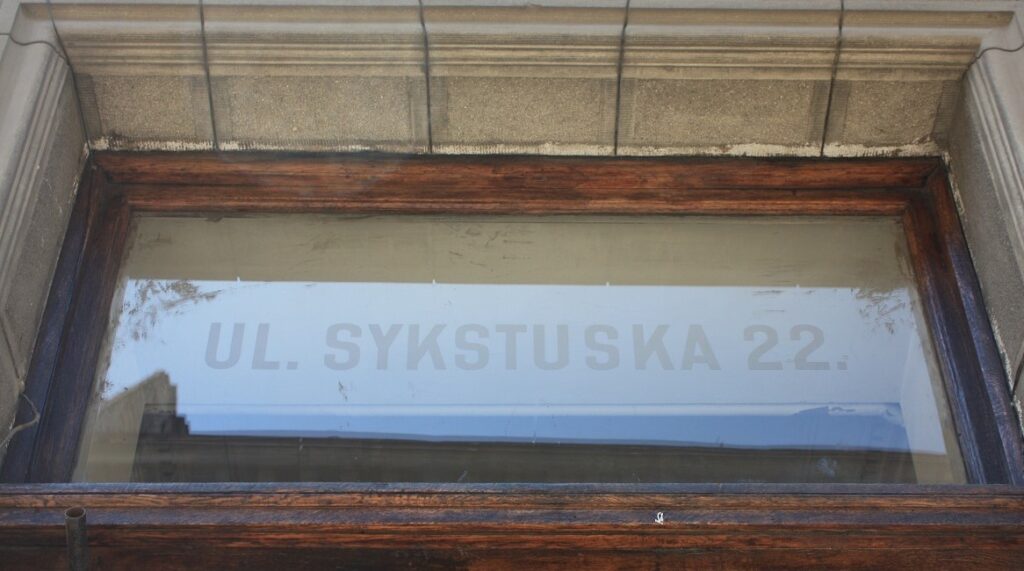
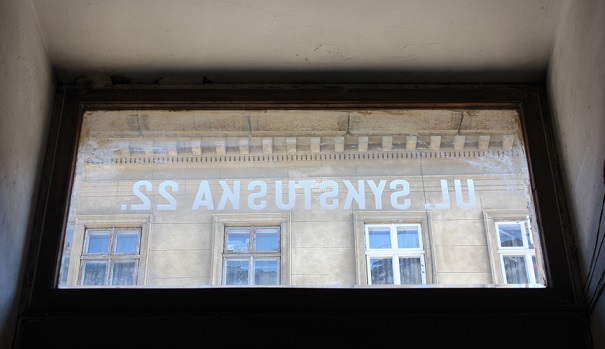
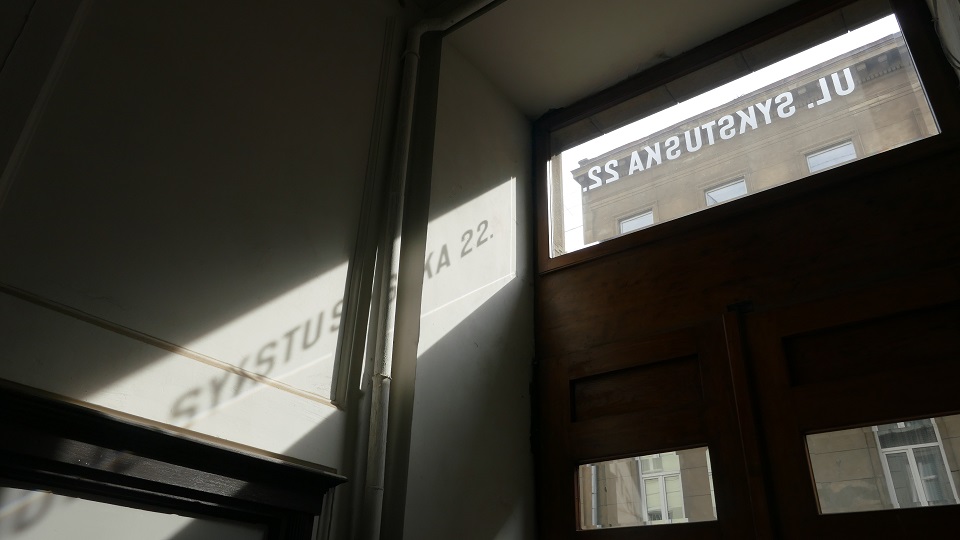
Ul. Sykstuska 28
The break, which happened a few years ago, highlights the fragility of these signs from the past. The residents attached a piece of glass over the opening.
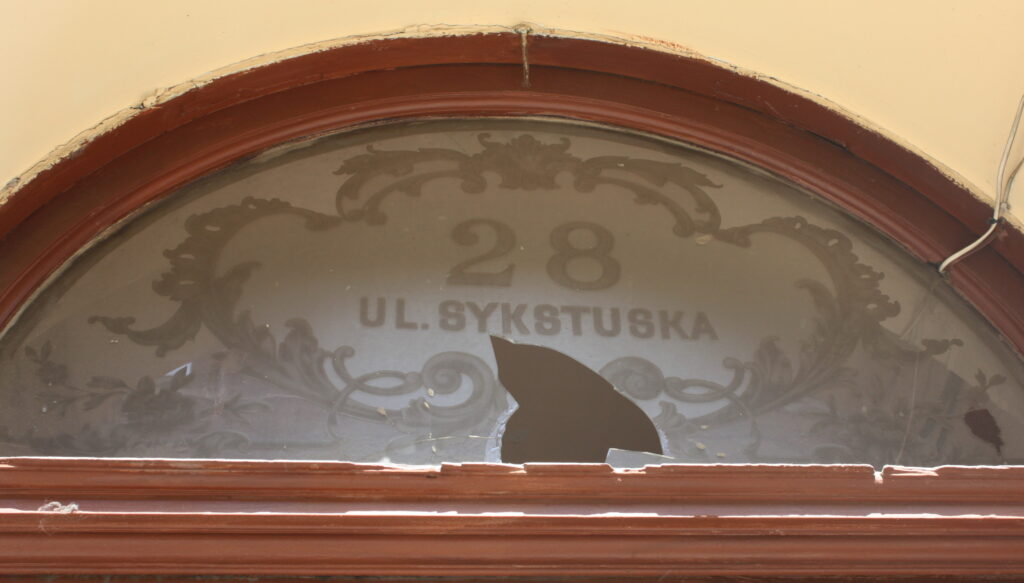
Ul. Badenich L. 10

L. 04 L. – Katr. 718
I haven’t been able to figure out the exact meaning of the inscription on this window.

No. 8
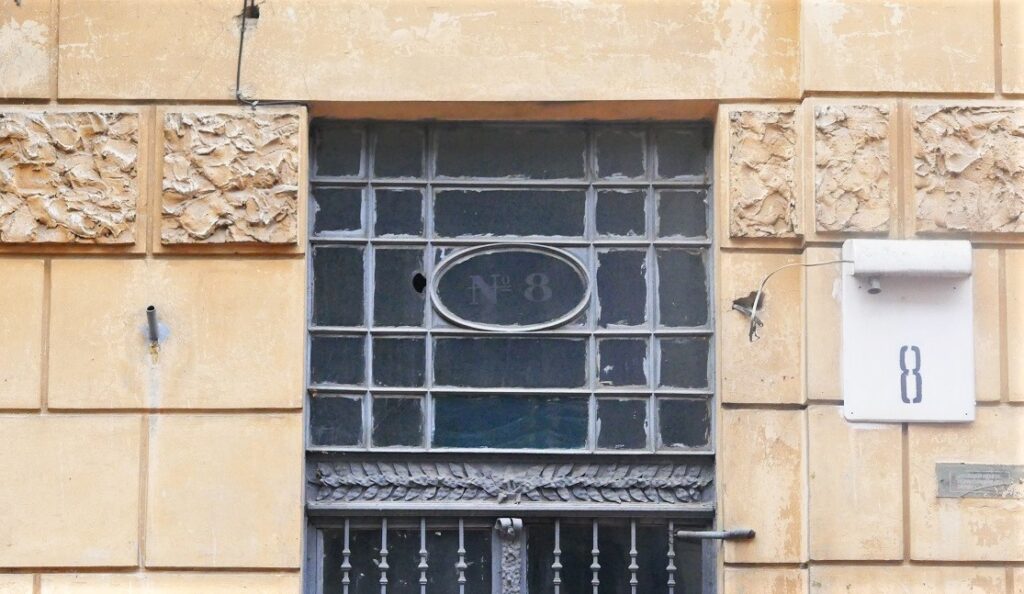
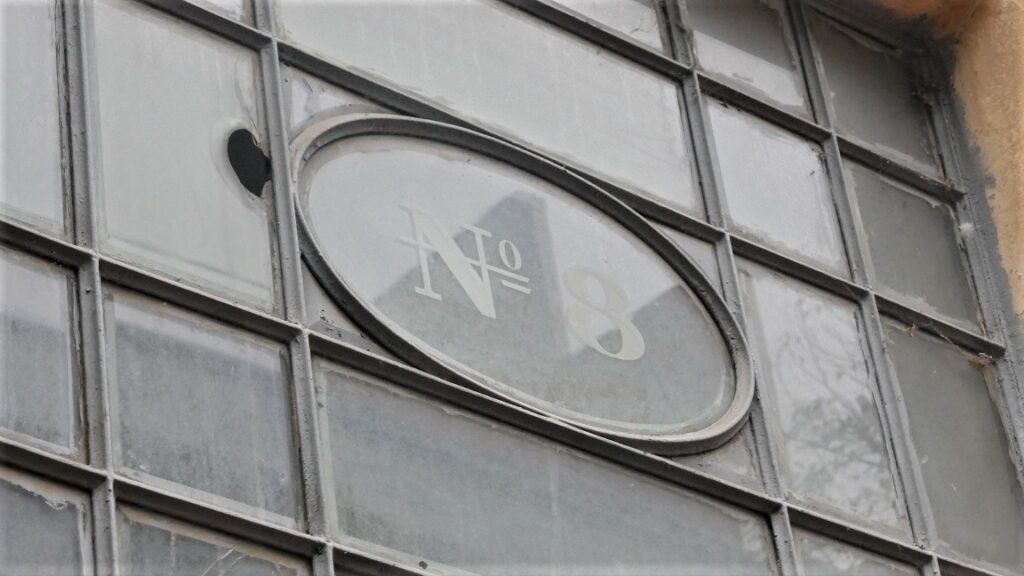
Other Inscriptions
Szczęść
Most likely the glass panel on the right-hand side used to have the word “Boże” to complete the Polish phrase “Szczęść Boże,” which means “God Bless You.”
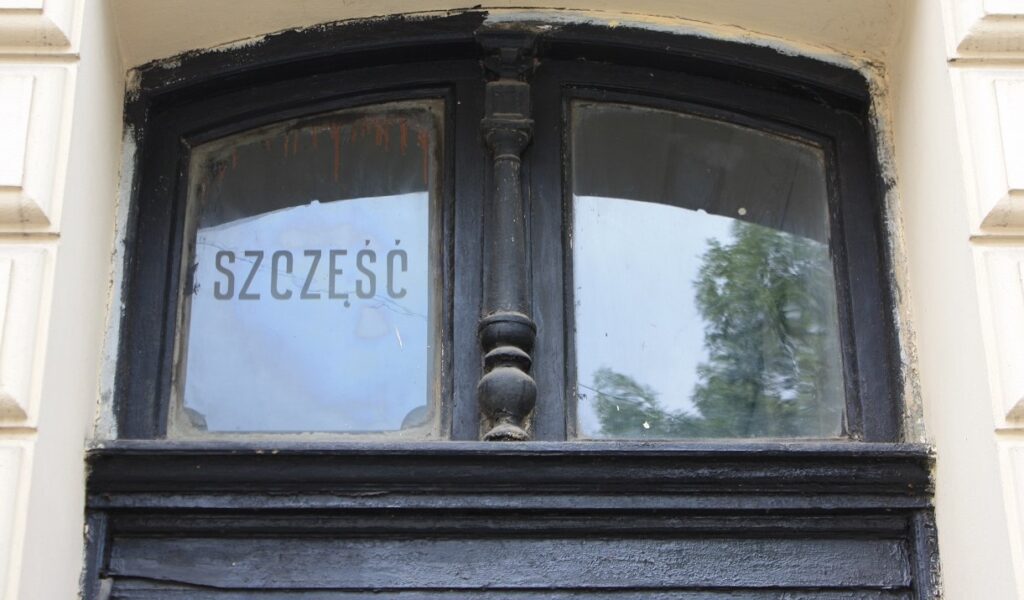
Związek Nauczycielek
In the 1920s and 1930s the third floor of this building housed the The Union of Female Teachers (Związek Nauczycielek), a humanitarian aid institution.
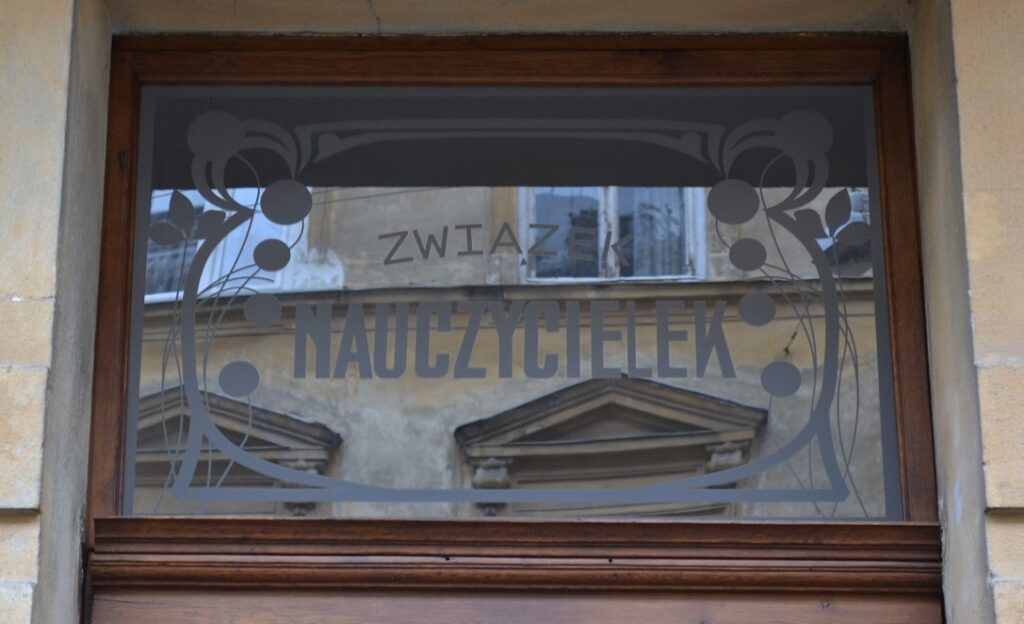
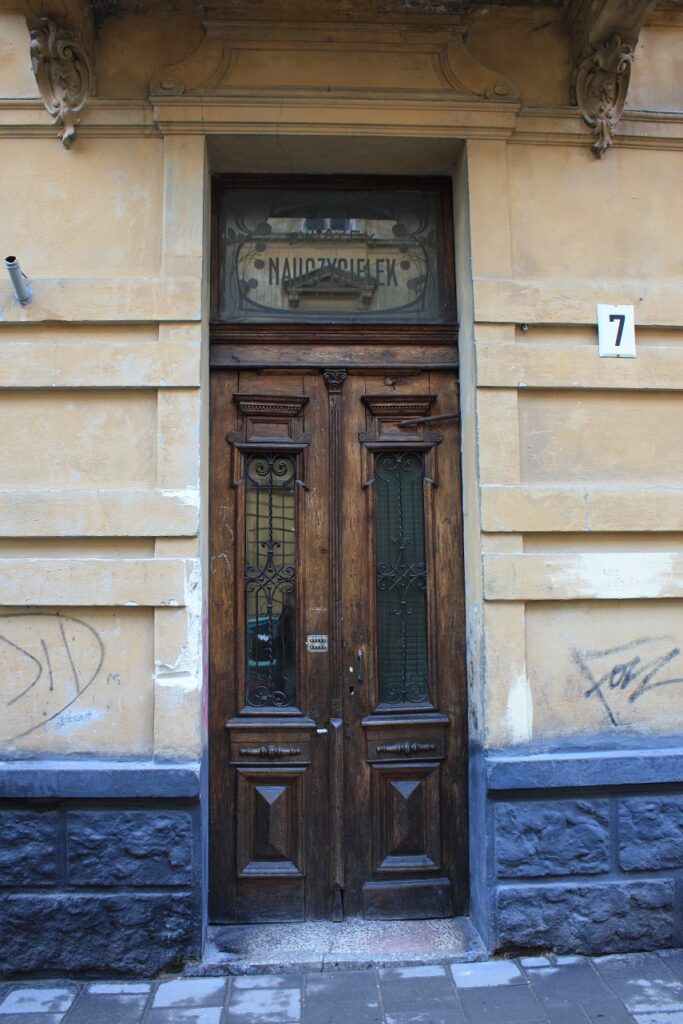
Indoors
Inside the former Dnister Insurance Company Building
Начальникъ Канцелярій (Chief of the Office)
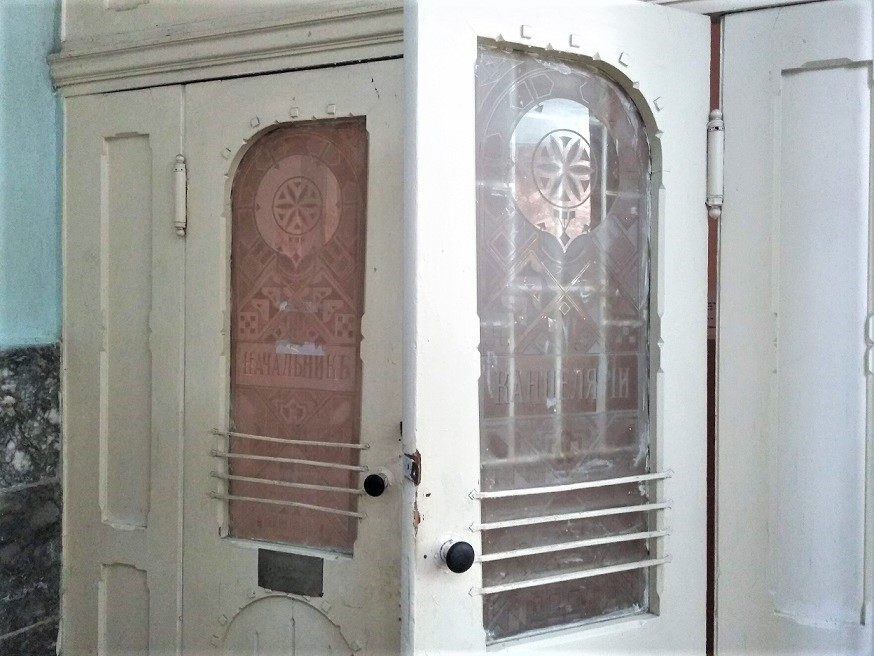
Inside the former Galician Regional Bank (Galicyjski Bank Krajowy)
Prezes Bochdan (President Bochdan)
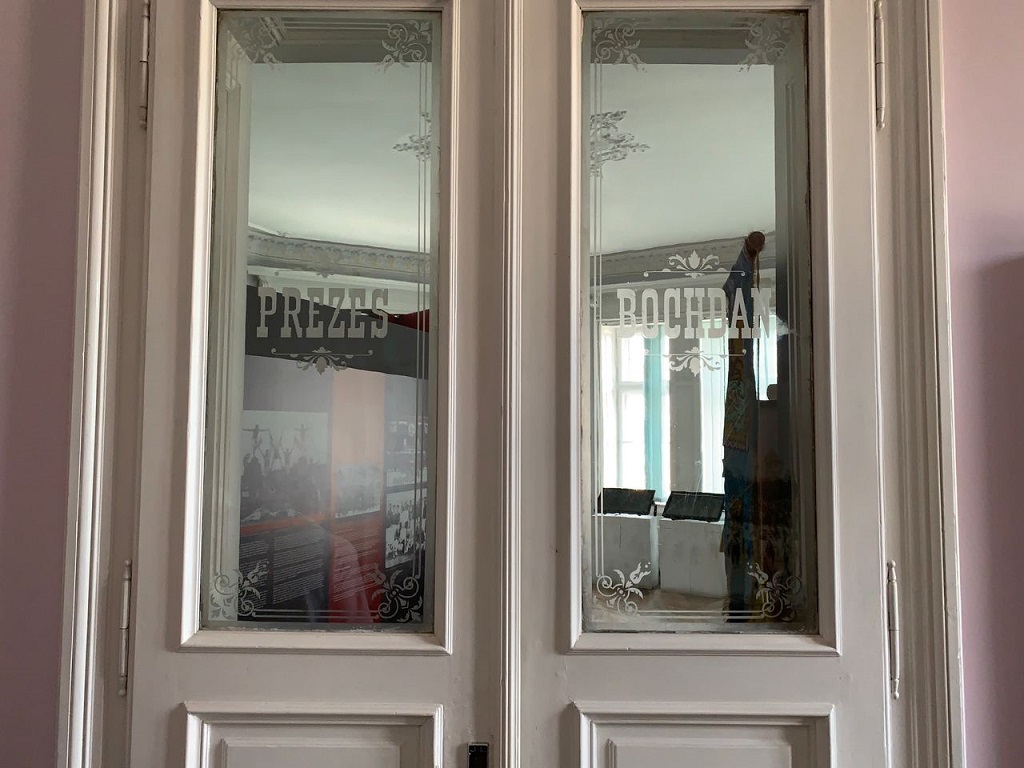
Oddział Bankowy – Oddział Hipoteczny (Banking Department – Mortgage Department)
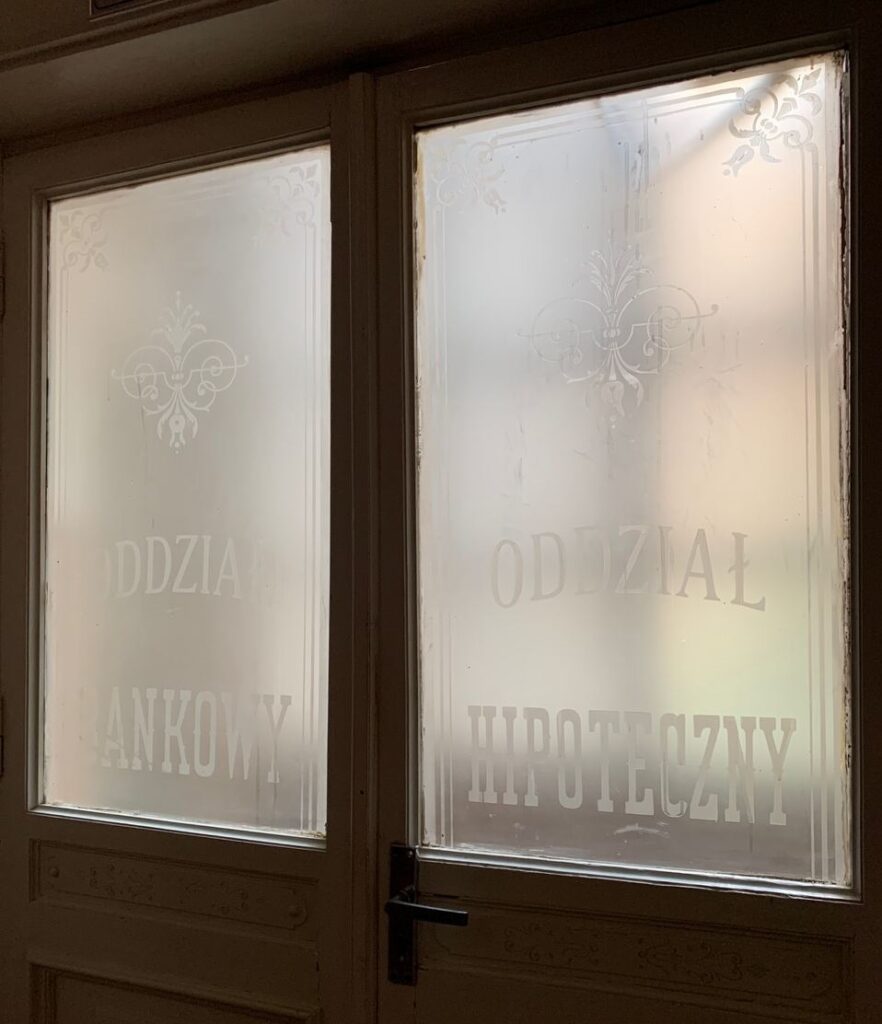
Główne
An inscription on a door leading to stairs in a building on Prospekt Svobody. “Główne” is Polish for “main.”
Schody
This one is located inside, on a door leading to a stairwell. Hence, the inscription says “schody,” which means “stairs” in Polish.
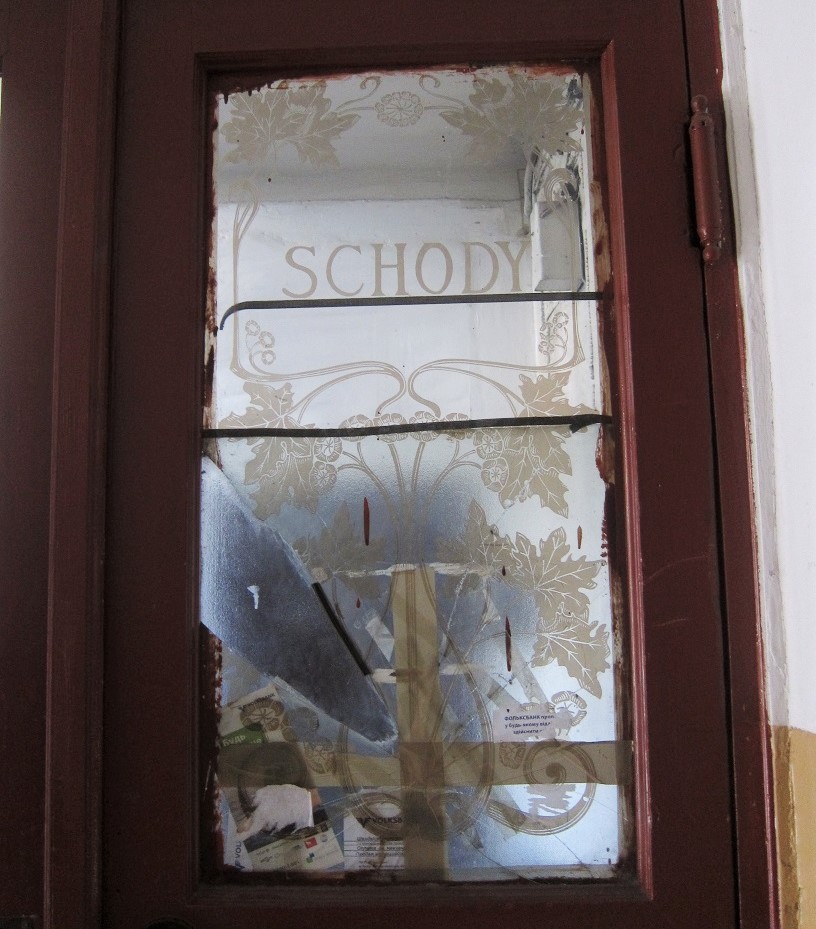
By Areta Kovalska

